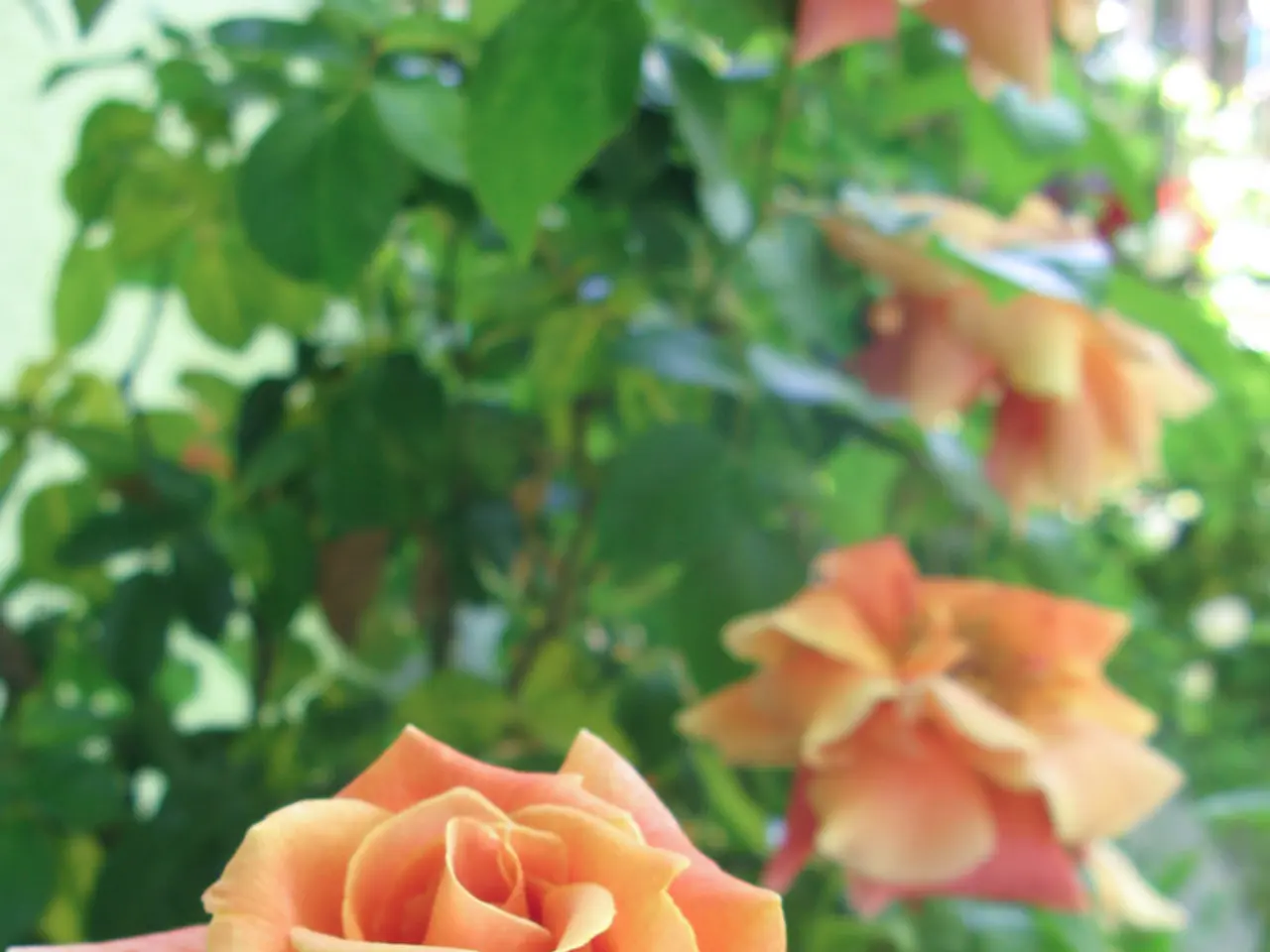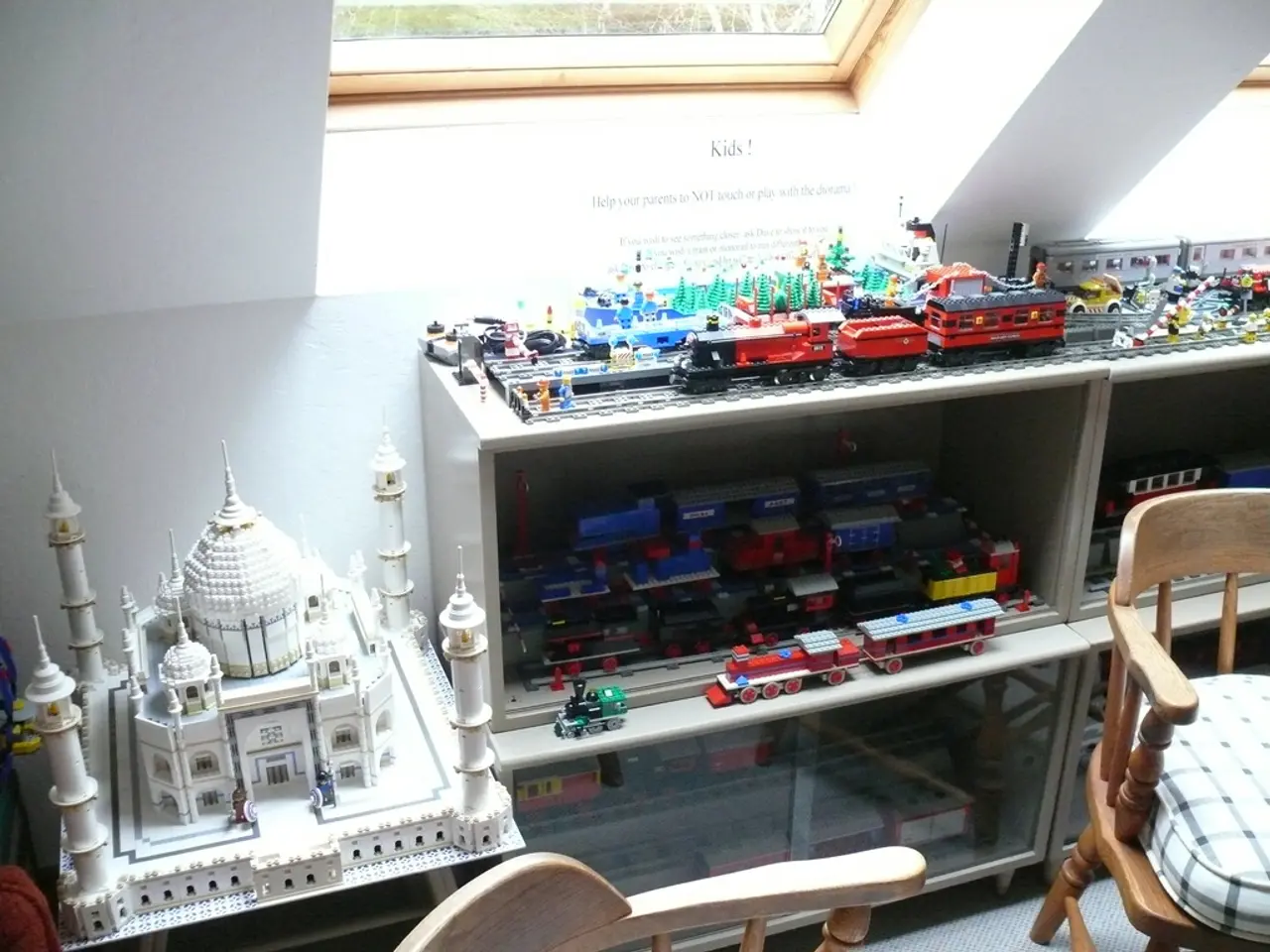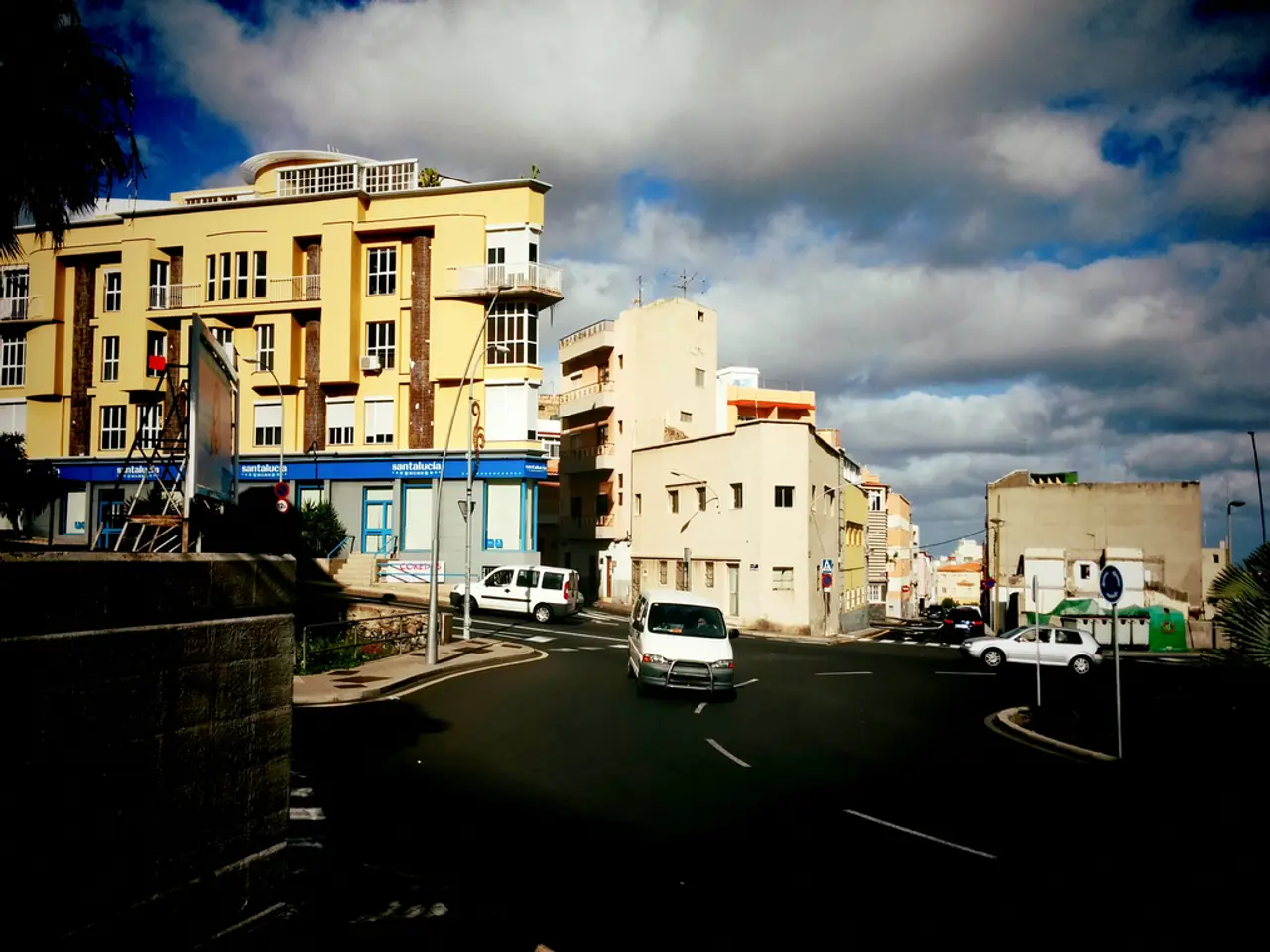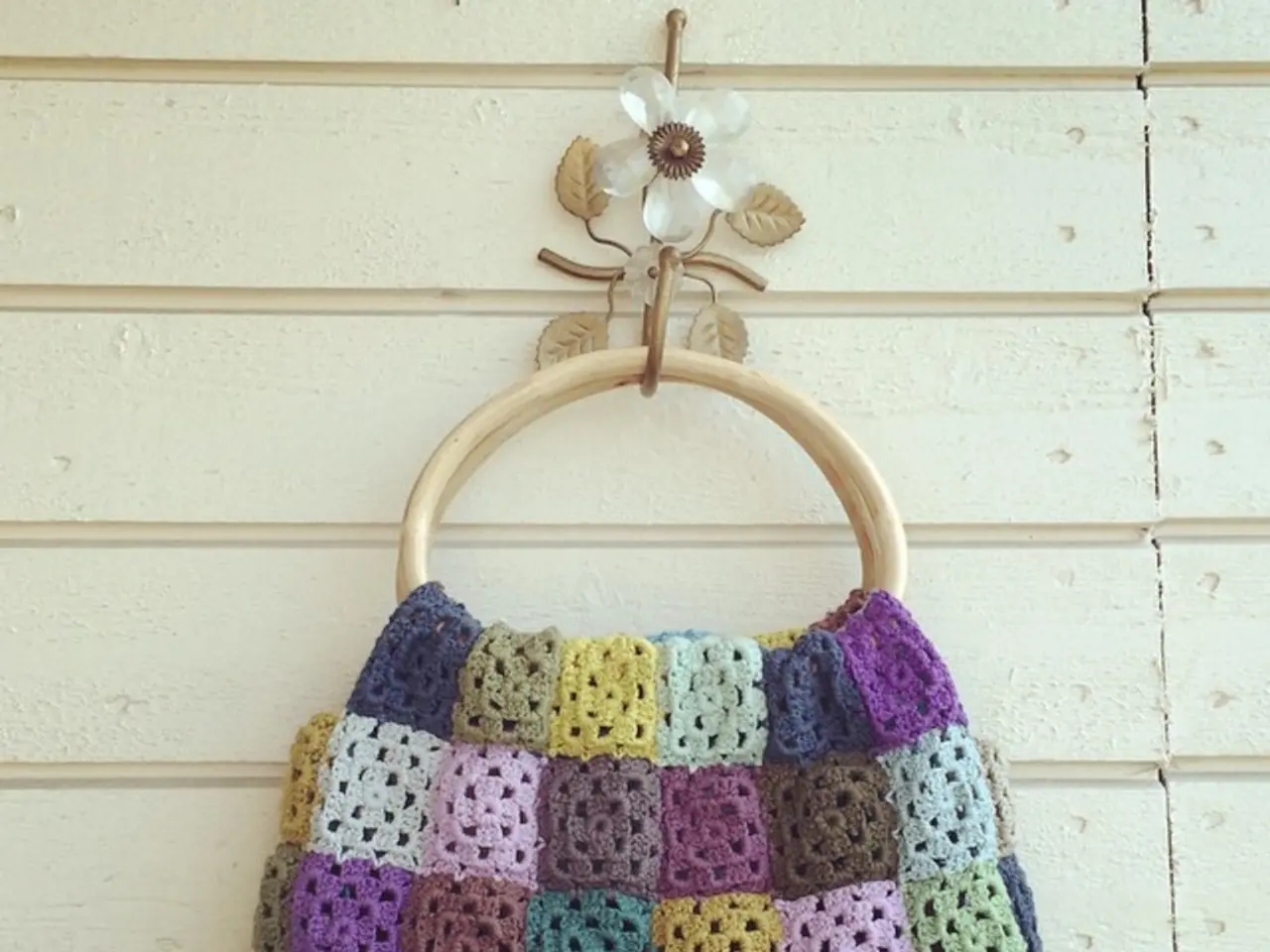Bonsai Care Instructions for Desert Rose
The Desert Rose Bonsai (Adenium obesum) is a captivating and unique addition to any bonsai collection. Known for its striking fleshy leaves and vibrant flowers, growing and maintaining this miniature succulent requires careful attention and a keen understanding of its specific needs. Here's a comprehensive guide to help you nurture your Desert Rose Bonsai and ensure its health and longevity.
Watering
Water your Desert Rose Bonsai only when the top inch of the soil feels dry. This drought-tolerant plant stores water in its trunk and roots, but it still requires consistent moisture during the growing season (spring to fall). Thoroughly soak the soil until water drains out the bottom, and allow excess water to drain before returning the bonsai to its usual spot. Bottom-watering is also effective by placing the pot in water for about 30 minutes to soak up moisture.[1][3]
Light Requirements
The Desert Rose Bonsai thrives in bright, indirect light, preferably direct sunlight for 6 to 8 hours daily. A south-facing window is ideal, but avoid harsh direct sunlight, especially through glass, which can scorch the leaves. If natural light is insufficient, supplement with full-spectrum grow lights to maintain healthy growth and flowering.[1][3][5]
Soil Type
Use well-draining, sandy or cactus soil that prevents water retention to avoid root rot. A cactus potting mix or a mix combining potting soil with sand or perlite is suitable. This ensures good drainage and airflow around the roots.[3][5]
Temperature and Humidity
Desert Rose Bonsai prefers warm temperatures typical of dry climates. Keep the plant in a warm environment, avoiding cold drafts or temperatures below 50°F (10°C). It prefers low humidity, consistent with its native dry and warm habitats.[1]
Fertilizing
Fertilize regularly during the growing season (spring to fall) with a balanced liquid bonsai fertilizer every 2 to 4 weeks. Reduce or stop feeding during winter dormancy when growth slows down.[1]
Common Pests and Diseases
Watch out for pests like aphids, spider mites, mealybugs, and scale. Root rot and stem rot can occur if overwatered or if the soil does not drain well. Good airflow, proper watering, and well-drained soil help prevent fungal diseases like powdery mildew.[1][3]
Styling and Training Techniques
Desert Rose Bonsai can be styled as a bonsai by restricting root growth using small bonsai pots. It responds well to pruning and wiring to shape the branches. Prune during the growing season to encourage branching and maintain a compact form. Repot every 2-3 years, using fresh well-draining soil and trimming roots if needed to control size and promote bloom production.[3][1]
In summary, the Desert Rose Bonsai needs bright light, careful watering, well-drained soil, warmth, and regular fertilizing during growth, with attention to pruning and repotting every few years to maintain its bonsai form and health. Avoid overwatering and provide protection from cold for best results.[1][3][5]
[1] The Spruce, Adenium Obesum: Desert Rose Bonsai Care Tips,
Caring for your bonsai lifestyle extends to your Desert Rose Bonsai, which necessitates resources like understanding proper soil types, watering techniques, and lighting requirements. To ensure the health of this unique home-and-garden addition, consider a well-draining soil mix, consistent moisture during the growing season, and bright, indirect light.




